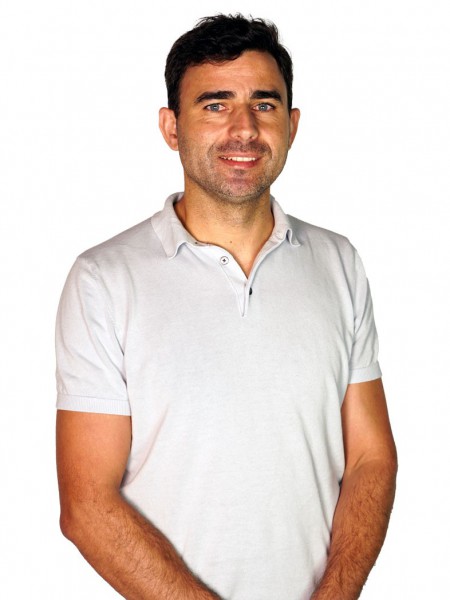resumo
This work reports a novel management strategy for a hazardous waste derived from the alumina industry, known as bauxite residue or red mud (RM). Herein, and for the first time, RM-containing porous structures were prepared by direct ink writing (DIW) and then used directly to extract methylene blue (MB) from synthetic wastewater. The lattices were prepared using a 50:50 wt% blend between RM and metakaolin (MK). The incorporation of RM was evaluated by comparing with the MK-based printed structure. Despite the high residue amount, the lattices showed high compressive strength (10.7 MPa), high open porosity (62.40%), very high specific surface area (55 m2/g), and excellent stability throughout the tests (leaching, sorption, and thermal regeneration). In the batch adsorption tests, the impact of contact time, and dye concentration was evaluated. At the optimized conditions ([MB]0 = 50 mg/g; contact time: 48 h) the RM/MK-based structures showed a MB uptake of 19.96 mg/g, ranking them amongst the best performing bulk-type (not powders) geopolymer adsorbents. Furthermore, lattices were successfully regenerated and reused (up to ten cycles) without compromising their performance. Their excellent performance was also corroborated under continuous-flow column experiments. These promising results demonstrate the potential valorisation of a hazardous waste in wastewater treatment.
palavras-chave
FLY-ASH; EFFICIENT REMOVAL; COMPOSITES; ADSORPTION; MONOLITHS; SPHERES; DYE; FABRICATION; ADSORBENTS; POWDER
categoria
Science & Technology - Other Topics; Engineering; Environmental Sciences & Ecology
autores
Gonçalves, NPF; Olhero, SM; Labrincha, JA; Novais, RM
nossos autores
Grupos
G1 - Materiais Porosos e Nanossistemas
G4 - Materiais Renováveis e Economia Circular
G5 - Materiais Biomiméticos, Biológicos e Vivos
Projectos
CICECO - Aveiro Institute of Materials (UIDB/50011/2020)
CICECO - Aveiro Institute of Materials (UIDP/50011/2020)
Associated Laboratory CICECO-Aveiro Institute of Materials (LA/P/0006/2020)
agradecimentos
This work was developed within the scope of the project CICECO- Aveiro Institute of Materials, UIDB/50011/2020 & UIDP/50011/2020 & LA/P/0006/2020, financed by national funds through the Foundation for Science and Technology/MCTES (PIDDAC) . The authors would like to thank FCT project MAXIMUM (PTDC-CTM-CTM-2205-2020) . Novais (2020.01135.CEECIND) wish to thank FCT for supporting his work. S. M. Olhero acknowledge FCT for CEECIND/03393/2017 contract.





